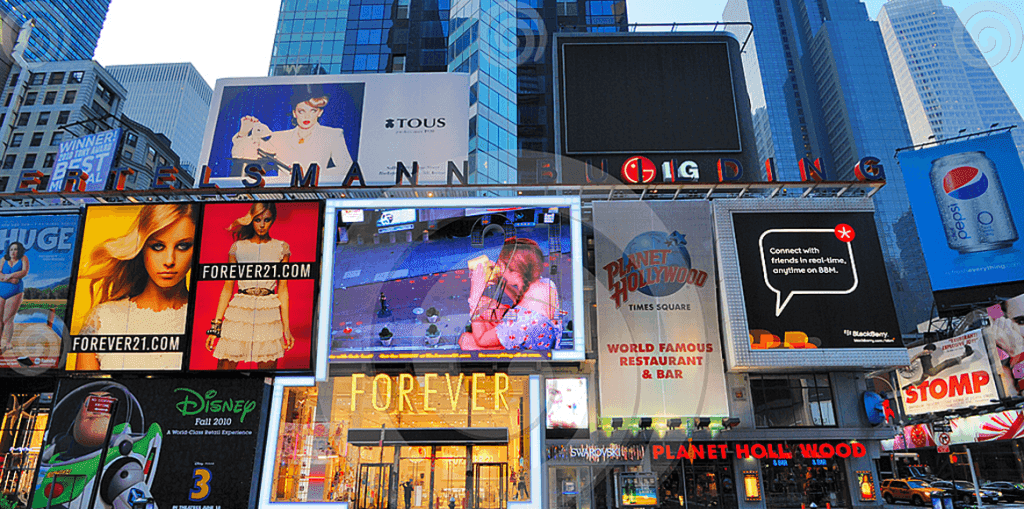Table of Contents
From location to movement – why brands should pay attention.
As marketers are realising the importance of location data, it’s important that they understand the difference between location and movement. They must ensure that the data that informs their strategy is accurate.
What are location signals?
Location signals are useful for many different kinds of marketing, and can even provide value for a wide range of businesses beyond this domain. When a mobile device notices a location sensor, it can discern its position in relation to this sensor. This occurs in the background, the user does not have to be on their phone. As most people carry their mobile device on them regularly, this means that it’s possible to understand audience behaviour in a multitude of places. This has not been possible before. This is what we call the offline world and it’s an area that is incredibly useful to understand for a variety of reasons. Offline to online marketing is becoming more accessible for brands as the results of its effectiveness come in.
Why location signals should be accurate
If “data is the new oil” then the quality needs to be considered by those buying the data. Many location data providers are sourcing unreliable location signals. These individual signals are often only from one sensor and can often be misleading for the end data user. By using a series of different location sensors and multiple location points location data becomes more reliable and actionable. Much location data that is sourced from older methods are broken. This needs to be fixed. Accurate location signals combined with complex layering of location data means a moment away from individual, vague location signals towards audience movement – a leap that is much more beneficial for mobile marketers.
The move towards movement data
It’s important to note that there may be single location signals which do not accurately represent a person’s behaviour. A great example of this is receiving a location signal which places a device close by to a brand’s store. This seems useful for the brand, but multiple data points are instead required to create a detailed profile for this person. Using one location point doesn’t tell us if the person is entering or leaving the store. We don’t know where they came from. We don’t know which section of your store they visited. These extra points are accessible with a network approach to location data. That’s the benefit that we have over deploying sensors only inside your store.
Movement data is much more valuable as it demonstrates a person’s intentions and provides much more context around audience behaviour. By using multiple signals it’s possible to get a much deeper understanding of customers and to eliminate potential data outliers.
Layers of location data and complete understanding of consumers
As a brand looking to get the most from accurate location data, it becomes important to focus on this movement instead of individual location. It also means creating multiple layers of location behaviour and building complex understanding of audiences in the offline world. This means constructing accurate profiles around audiences and providing context to understand how and why customers are interacting with your venue or product. For example – realising that someone commutes from an affluent borough and works nearby a jewellery store would constitute a context ripe for marketing for said upmarket jewellery store.
It’s these layers of location data that build up complex contextual audience profiles and facilitates accurate attribution and allows brands to communicate with their audience with personalised one-to-one marketing.
Application in mobile marketing
Movement signals become extremely valuable for business when applied to mobile marketing. In-depth location data allows brands to communicate one-to-one with their audiences. By understanding the customer journey completely brands can deliver content to audiences that are relevant and valuable to the end user. This level of personalisation involves communicating with audiences in certain locations. This is the traditional application for mobile location data, but this is just the initial step once we have a large number of movement data.
There are multiple applications beyond content delivery based on movement. Large scale data around consumers offline activity provides incredible insightsthat brands can act upon across their entire marketing strategy. You might realise that many of your customers work nearby, and browse your products on their lunch break. Maybe most visitors come via a specific tube station. This is valuable information when thinking about OOH advertising or store planning. The development from location signals to complex audience movement data should be at the centre of any effective marketing strategy.
Another area where this is applicable is retargeting. Movement data can help to segment audiences and target people who are further along the consumer journey. This means a much higher ROI and by reaching audiences at the right time with the right content, more effective results. The important aspect of a network approach to this is that this movement data can be understood in external locations – not just inside your own venues.
It turns out that not all location data was created equally. It’s now time for marketers to push their marketing strategies towards movement.
Discover location based marketing
James is the head of marketing at Tamoco




Leave a Reply